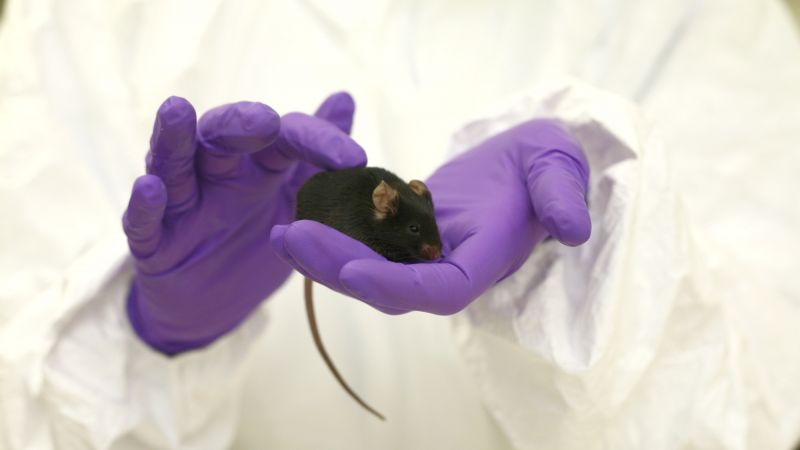Text to go here...
Scientists have successfully guided mouse stem cells to become specialised cells that build a protective coat around neurons. The breakthrough promises to improve research into myelin-related diseases like multiple sclerosis and could lead to effective treatments using stem cells derived from patients themselves.
The long bodies (axons) of neurons transmit electrical impulses rapidly around the body. They are wrapped in a fatty insulating coat called a myelin sheath, which allows the rapid transmission of the impulse and protects the delicate nerve. In the central nervous system the myelin sheath is formed by oligodendrocytes.
Multiple sclerosis (MS) is one of many conditions caused by the breakdown of the myelin sheath leading to poor neuron function. The disease affects all of the nervous system impairing movement, speech and cognition. There is currently no cure.
By determining how oligodendrocytes are formed and function scientists can better understand the causes of myelin-related diseases and could develop strategies to treat them.
The researchers extracted stem cells from a developing mouse embryo. By mimicking the signals that the cells would receive during embryonic development the researchers guided their development to form pure cultures of oligodendrocyte-forming cells. The process takes just 10 days and the resulting cells can survive for longer than a month making them ideal for experiments in the laboratory. The final step involved the addition of thyroid hormone which turned the cells into mature oligodendrocytes.
When injected into mouse models of MS these oligodendrocytes were able to restore the myelin sheath within days proving that they function normally. The new technique provides scientists with a powerful tool in the study of myelin formation and will speed up the search for treatments for devastating diseases like MS.
Last edited: 29 July 2022 10:56



